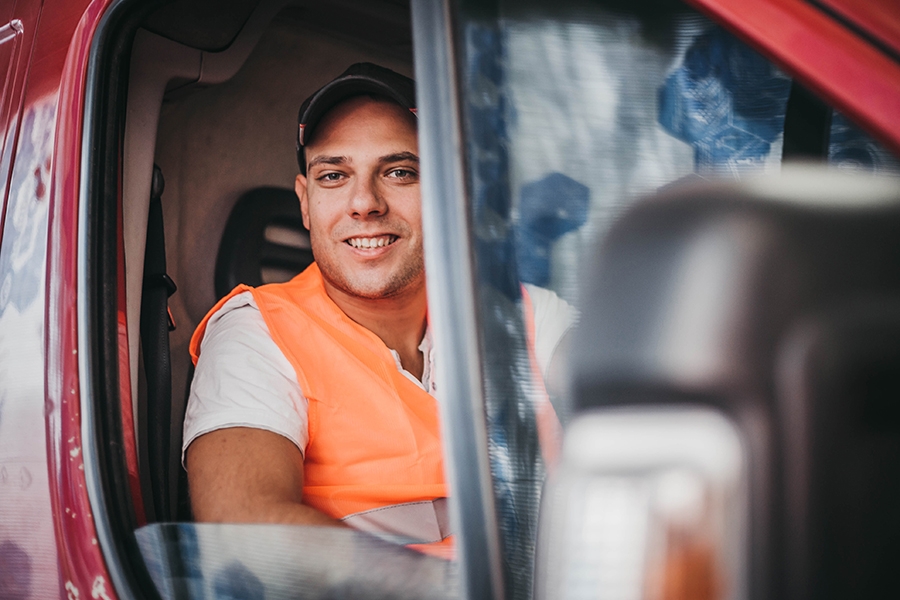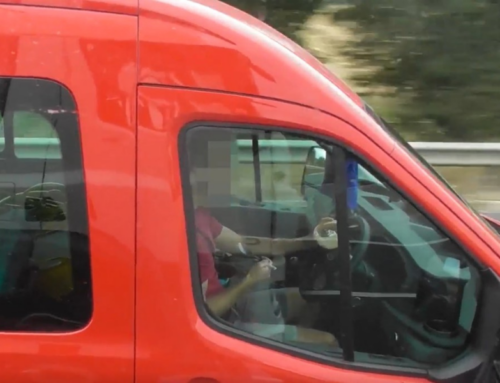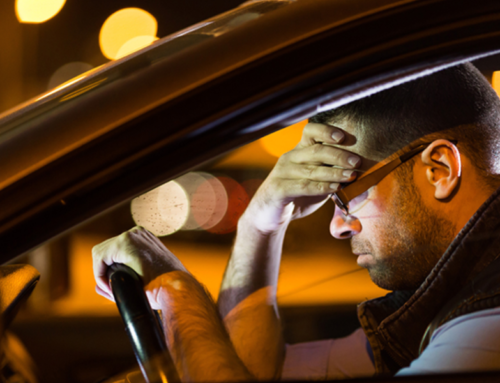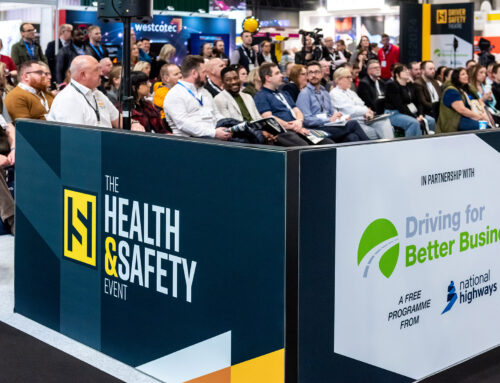Driving is often seen as a consequence of a job, rather than an important safety-critical aspect. Van drivers are not only at much higher risk of being involved in an incident than car drivers but are often a moving billboard for the company they represent; and we all know that brand protection is important in the same way that customer service and quality control are; driving round in beat up vans just won’t do.
So, how can we cultivate a healthy culture? How can we help van drivers to treat driving as a professional aspect of their job? Here is my formula:
Education x Empowerment ÷ Incident Investigation
Education x Empowerment
In terms of education, we need to make sure that our drivers know what they need to know (about driving vans), but also know the company’s expectations of them – which, of course, is safety first.
Education needs to be paired with empowerment to result in any meaningful influence over safety culture. Empowerment can be found in high quality driver coaching but is also found in two other key areas; leadership and consultation.
Consultation with the driver population is required to truly understand the challenges faced followed by collaboration to build the processes and procedures that mitigate risks and improve efficiency (it should also influence the content of your driver training). Engaging drivers in this way has the potential to deliver outstanding results. The difference is:
Set and enforce rules arbitrarily: Lots of effort, unhappy drivers, employee turn-over.
Develop rules through collaboration allied to self-monitoring and peer-monitoring: Reduced enforcement effort, happy drivers, better retention.
Leadership, as we all know, starts with leading by example. A manager that calls drivers while driving and expects the call to be taken, not only unpins your mobile phone policy, but erodes all safety values that the driver has developed.
What do your van drivers need to know about?
- Top box strikes, camber and water ingress following damage
- Reverse in, drive out
- Dimensions – height, width, weight
- Handling characteristics – laden and unladen, high centre of gravity
- Visibility
- Managing time pressure, challenging deliveries, unfamiliar routes
Incident investigation
Although the aim should always be ‘zero incidents’, even on strong foundations, incidents can happen. How we respond to incidents is critical to the health of a safety culture. All incidents, and by this I mean everything that is outside of the plan, must be fully investigated – I recommend treating a car park break-in as significant as a serious crash. But the absolute rule to this is that the investigation is trying to understand what went wrong, rather than to whom blame should be apportioned. Things not going to plan (incidents) can be graded:
- Driver did not know the right way = education
- Driver knew the right way and did something else = investigate why they did this
- Was the decision made for greater good or personal gain = re-educate on company expectations or discipline.
Poor decisions made for ‘the greater good’ highlight not a problem with the driver but with the health of the culture.

Hannah Gregory
Champion Programme Manager
Driving for Better Business
![]()





